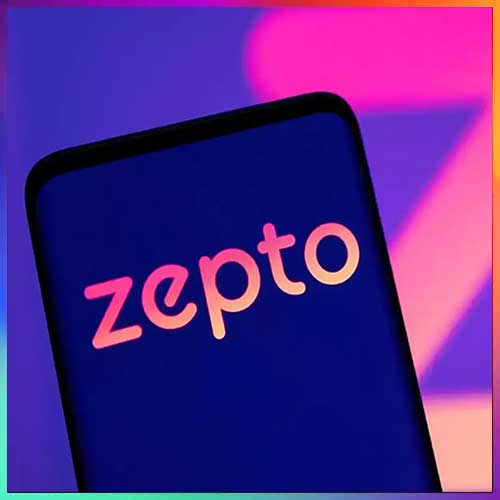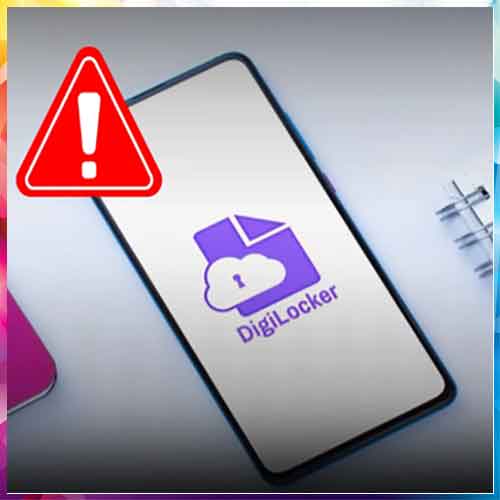
Eight years ago, Starbucks developed its own app for mobile payments. Today, it’s still held up as the gold standard in the United States. In Asia’s rapidly developing market, where mobile payment is eight to nine years ahead of the West, things are quite different. In China, you can mobile pay for everything from a cab to a mojito or utility bill. In 2015, WeChat registered more financial transactions in one day than PayPal did during the entire 12 months.
But it’s not just China that’s adopting the trend. Mobile payment is also making massive inroads in Southeast Asia as shopping apps are gaining popularity. In Singapore alone, there are 30,000 retail points accepting contactless payment methods such as Apple Pay, Android and Samsung Pay.
In Indonesia, the most populous country in the region with 250 million people, most of the big traditional retailers are unveiling e-commerce plans of their own. In a recent GfK study: The Connected Asian Consumer, consumers in Singapore and Indonesia also reported fairly high usage incidence of shopping apps (37 and 35 percent respectively). This growth is fuelled by affordable smartphones, a massive young and tech-savvy population and efforts by governments and telco operators to expand and improve high-speed wireless networks.
The future has never been clearer. It’s only a matter of time before mobile payment goes mainstream. India started a new chapter in governance and took the first step in making digital payments its new currency. The mobile wallet market in India is projected to exhibit a compound annual growth rate (CAGR) of over 50% during 2016-2021, on account of growing online transactions, increasing internet penetration, coupled with a rising trend towards mobile banking. India's mobile wallet market observed huge traction due to demonetisation of the INR 500 and INR 1000 currency notes by the government. In addition, the government has launched initiatives towards technological innovations by introducing Unified Payment Interface expanded mobile wallet market across the country.
The Connected Consumer
Unfortunately for traditional retailers, the age of e-commerce has also produced a new consumer – we like to call them the ‘Connected Consumer’ – and their behaviors are shaping the future of retail. In the 2016 Future Buy survey of 20,000 consumers in 20 markets, it was found that shoppers are becoming less loyal to any one retailer. Almost half (46%) of all consumers (14-65 year olds) stated they were less loyal when shopping. This figure rises among the youngest consumers to 53% of Gen Y (18-29 years), and six in ten (58%) of Gen Z (14-17 years). For retailers who understand the Connected Consumer, there are opportunities to stay ahead of the competition – and mobile payments are a huge part of it.
Customer loyalty
Growing smartphone penetration and rapidly changing data consumption patterns have brought increased attention on network performance. Indian smartphone owners have devised their own mental indicators to measure and evaluate network performance. Despite becoming less loyal, many Connected Consumers expect an omnichanel shopping experience when they interact with a brand. Connected Consumers in APAC seek the best of both worlds. For example, shoppers in China are the most likely to embrace omnichannel shopping – seven in 10 (71%) shop both online and in-store while Australian shoppers are the most likely to shun online: almost two thirds (62%) shop exclusively in-store. In contrast, Indians lead the way in online shopping with almost one quarter (23%) shopping the category exclusively online. Therefore it is important for retailers to understand the new reality of the omnichannel consumer, and know that the ‘whatever, whenever’ culture demands that user experience is seamless across all devices. If retailers don’t understand this, customers will simply delete their app and move on.
Mobile broadband experience is five times more effective in driving customer loyalty as compared with pricing and tariff structures. With new apps coming in everyday, data consumption patterns have become increasingly dynamic. From an operator’s point of view, they need to invest in network performance to ensure a seamless experience for their customers. We predict that mobile payment could halt the current trend for a decline in shopper loyalty. It makes sense, really. There are numerous benefits for shoppers: avoiding queues, centralizing loyalty rewards, checking stock, ordering ahead, enjoying customized offers and easy price comparison. Growing smartphone penetration and rapidly changing data consumption patterns have brought increased attention on network performance. Indian smartphone owners have devised their own mental indicators to measure and evaluate network performance.
At the same time, using customer and data analytics, retailers can receive customer data to offer more personalized services. In turn, this presents an opportunity to generate long-term relationships. However, it is important to note that not all Connected Consumers are the same. For example, older consumers aren’t as comfortable with sharing personal information as younger consumers. Understanding the shopper’s purchase journey is easier these days with research intelligence offering detailed information on the route shoppers take when making a purchase, and ways in which online and offline touchpoints influence their decisions. We believe that brands that understand, respect and protect consumers’ individual boundaries will deserve the loyalty they earn by doing so.
As mobile payments continue to grow in APAC, businesses in various sectors such as financial services, cybersecurity and telco stand to gain and can evolve to support the changing landscape.
Customer experiences
As the economy shifts from cash and plastic to cashless, mobile and digital, banks need to establish a stronger multiple-service relationship with their customers. Loyalty is great, but to really retain customers in today’s omnichannel space, shopping experience is equally important. To Connected Consumers, simplicity and convenience is paramount. Not only do they expect everything quickly, they also lose their patience faster. In India, users visit chat apps such as WhatsApp an average 40 time a day. In comparison, top-up recharges average just four times a month per user, movie tickets two to four time a month and ecommerce transactions six to seven times a year.
For large retailers, mobile payment offers the opportunity to segment and target consumers much more effectively with highly personalized offers and incentives. Discounts and offers can be integrated into mobile payment, replacing the need for physical coupons and entering information into a terminal. Connected Consumers will wave goodbye to the traditional checkout queue and benefit from a wealth of customized rewards. Mobile payment also offers a chance for small retailers to move into a new era of retailing. Freed from high transaction fees and with new ways to connect with consumers, small retailers can now embark on the kind of personalization and targeting that is usually the privilege of larger players.
With e-commerce here to stay, there is plenty of potential for retail businesses to leverage research intelligence to adequately design and develop strategies to target this group of consumers. Essentially, the key to success is to fully understand shopper behavior and be led by what consumers ultimately want, without being blinded by what the technology can do.
Nikhil Mathur
Managing Director-South Asia, GfK – South Asia
See What’s Next in Tech With the Fast Forward Newsletter
Tweets From @varindiamag
Nothing to see here - yet
When they Tweet, their Tweets will show up here.





























